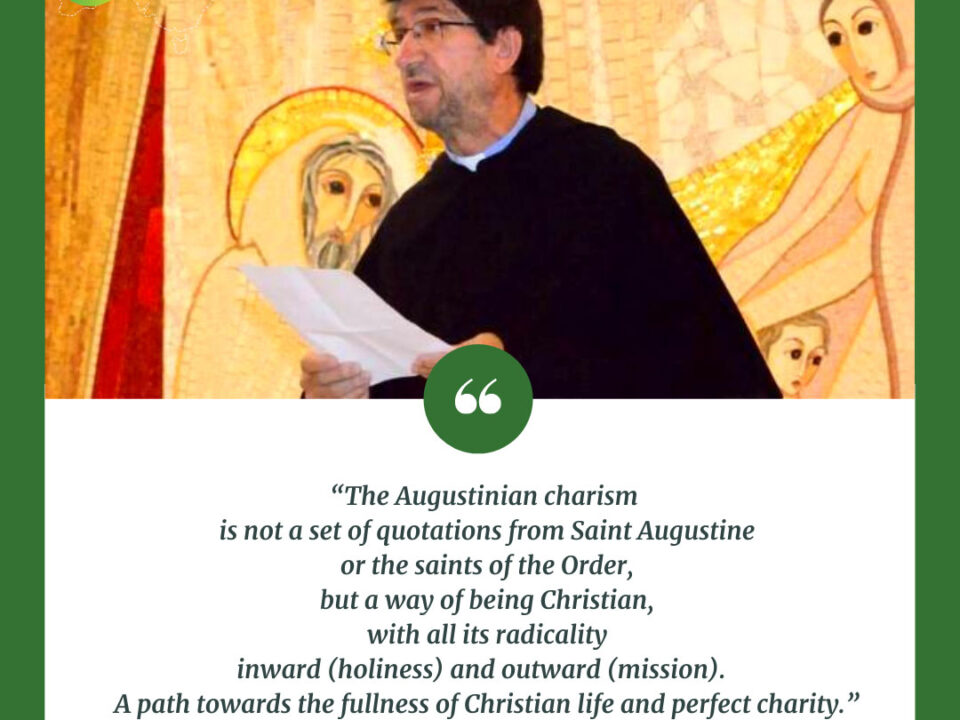

Some of the many organizers of "450 Kaplag" at Cebu in 2015.
450 Years of Augustinians in the Philippines
Published: 29 April 2015

Some of the many organizers of “450 Kaplag” at Cebu in 2015.
The Augustinians in the Philippines held an international conference as part of “450 Kaplag” in Cebu City on 25-28 April 2015.
This event was part of a series of activities they organized on the occasion of a three-fold celebration – namely, the 450th anniversary of the discovery (“kaplag”) of the miraculous image of the Santo Niño de Cebu (1565-2015), the 450th anniversary of the their presence in our country (1565-2015), and the 50th anniversary of the elevation of the Santo Niño Church in Cebu to the rank of a “minor basilica” (1965-2015).
Both international and local experts in the history of the early Christian missions in the Philippines, the Augustinian legacy to its people, the finding of the statue image of the Infant Jesus in 1565, and the devotion to the Santo Niño (“Holy Infant”) and its impact, delivered scholarly papers during the conference. There were nine talks on the topics of the Augustinian saints of the Orient, Architectural Characteristics of Augustinian Churches in the Philippines, Augustinian Musicology, Augustinian History, and Devotional Aspects of the Celebration of the Feast of the Santo Niño. On 27 April 2015 the participants joined the floral procession of the Santo Niño and watched the grand re-enactment of its finding along the main streets of Cebu City.
The Augustinians were the first Christian missionaries to reach the Philippines. When the first five of them arrived in 1565, along with the expedition of Miguel López de Legazpi, one of the soldiers (named Juan de Camús) discovered the image of the Child Jesus given by the Portuguese navigator Ferdinand Magellan to the local queen of Cebu forty-four years earlier (in 1521). The annual commemoration of this event is commonly called as “kaplag.” What follows is a YouTube coverage of the opening of 450th anniversary Kaplag in April 2015. It was taken from the website of a Cebu newspaper:
The discovery of the religious icon marked the beginning of the systematic and sustained evangelization of the Philippines under the guidance of the Augustinian missionaries. They carried out their mission to evangelize our people, to propagate the devotion to the Santo Niño, and to be involved in Christian education and social justice. The legacy they have bequeathed to the Filipino people, however, goes well beyond religion; it also extends into the arts and culture, scientific fields (such as botany, medicine, etcetera), philology, literature, cartography, urban planning, defence of human rights, the quest for justice, and many others.
The Augustinian presence in the Philippines has been associated with the Santo Niño devotion since 1565. Thus, the Augustinians’ missionary works in the Philippines throughout the past 450 years have been carried out under the aegis of the Holy Child, venerated by countless Filipinos in different ways and styles all over the world. The original image is venerated at the Basilica Minore del Santo Niño in Cebu City under the custody of the Augustinian Order. The Philippines Government declared the Minor Basilica a National Historical Landmark in 1941.



